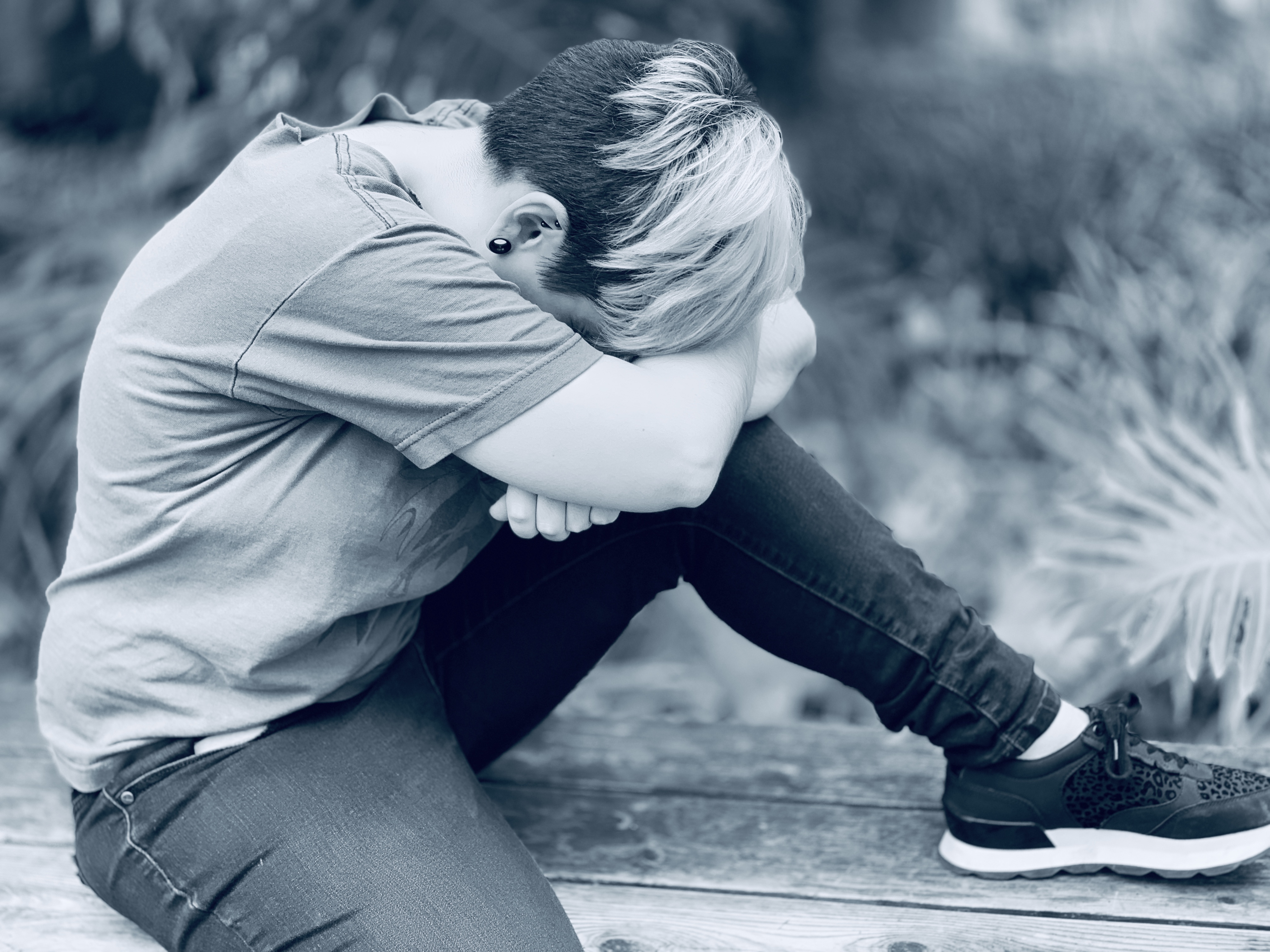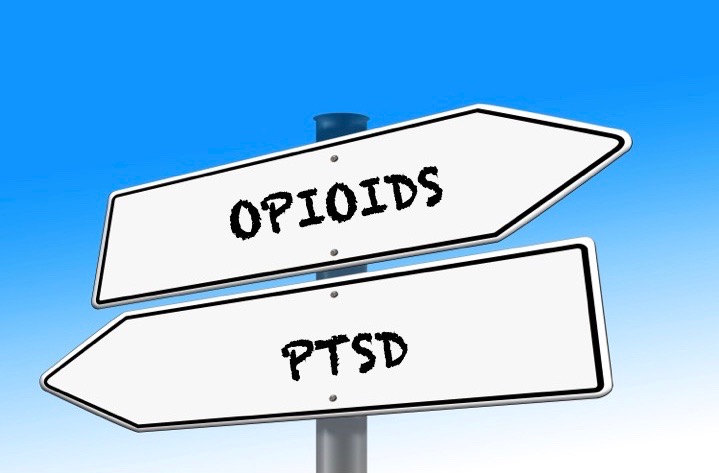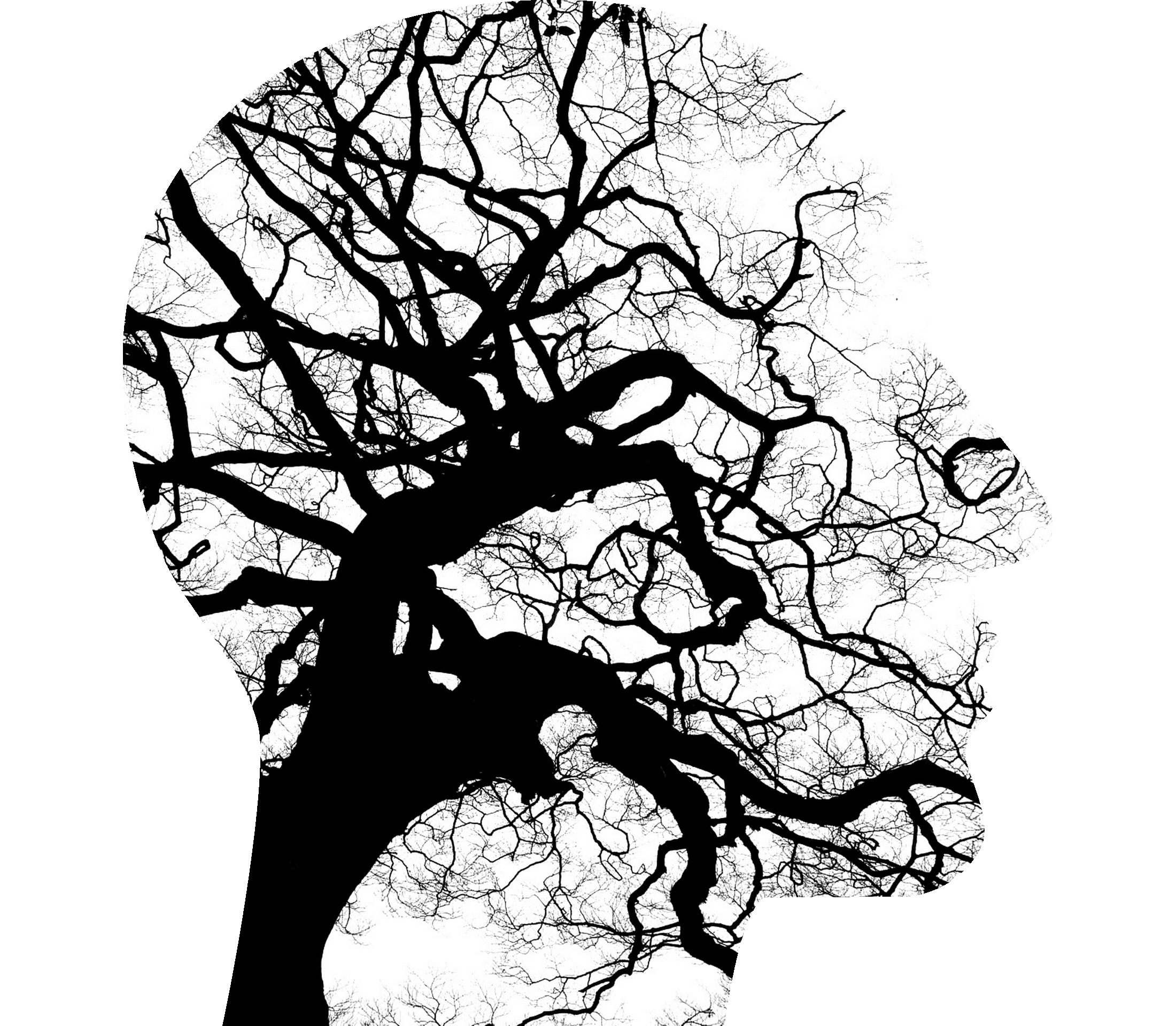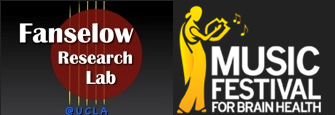Acute vs Chronic Stress-Enhanced Fear Learning.
R01MH115678 National Institute on Mental Health. 05/1/2018 – 04/30/2023. (PI)

Stress can have a profound detrimental impact on our behavior, predisposing us to anxiety disorders such as post-traumatic stress disorder and major depression. Given the high prevalence of these disorders understanding the basic biological and psychological processes is vitally important if we wish to address these significant problems and develop effective treatments.
One question in the literature is whether a single (acute) exposure to stress or repeated (chronic) stress has similar effects. A second question is how severe must stress be in order to produce detrimental effects. Do repeated mild stressful experiences have an added impact that equals that of a more severe acute stressor? Does chronic stress exposure have a greater impact than an equally intense acute stressful experience?
Surprisingly, while there is a large basic science literature on stress, that literature simply does not answer these questions. This is because the methods employed have totally confounded the chronic nature of stress with its severity. Typically what is compared are a series of repeated stressors to a single instance of the same stress. But repeated instances mean that the stress is not only chronic it is also, in total, more severe. We have developed a method where we can independently manipulate the chronicity and severity of stress that will for the first time allow us to accurately answer these important questions.
The work begins from our extensive use of an intense acute stressor and the database we have collected on its effects on physiology and behavior. The design of our acute stressor allows us to break it into 15 “bits” than can be administered at one bit a day for 15 days because the acute stress repeats the same aversive stimulus 15 times over 90 min. We can also systematically vary the intensity of our aversive experience. Our preliminary data already indicate that chronic and acute stress provokes different behavioral responses.
Our first aim tests the hypothesis that the differences occur because acute stress taps into a set of automatic nonassociative processes while chronic stress taps into learning or associative conditioning processes.
Our second aim focuses on the physiological and neural changes that are differentially provoked by chronic vs acute stressors. Additionally, we will determine to what extent stress severity and not chronicity is the culprit.
The third aim focuses on manipulations designed to block the effects of stress to help elucidate how stress chronicity and severity produce their effects via different biological mechanisms. We also hypothesize that males and females have different thresholds for how severe a stressor must be to provoke maladaptive changes in behavior. That hypothesis if true can begin to help explain why anxiety disorders and depression are more prevalent in females.
Public Health Relevance
Stress predisposes us toward anxiety disorders and depression. While chronic and acute stress is thought to have a different negative impact, current research cannot distinguish between stress’s chronicity and it’s severity. The proposed work contains the first methodology for assessing these two factors independently.
Heterogeneity in Stress Effects on Fear Learning, Ethanol Consumption and Anxiety.
RO1AA026530 National Institute on Alcoholism and Alcohol Abuse. 9/12/2017-7/31/2022. (Communicating PI; MPI w/Spigelman)
 A small but significant percentage of people that experience a traumatic, life-threatening, event develop a condition called Post-Traumatic Stress Disorder (PTSD), which is characterized by heightened anxiety and disturbed fear processing. The condition is more prevalent in women. Additionally, PTSD is highly comorbid with other psychiatric conditions notably alcohol abuse.
A small but significant percentage of people that experience a traumatic, life-threatening, event develop a condition called Post-Traumatic Stress Disorder (PTSD), which is characterized by heightened anxiety and disturbed fear processing. The condition is more prevalent in women. Additionally, PTSD is highly comorbid with other psychiatric conditions notably alcohol abuse.
Contextual Fear Differentiation, Sex Differences and Acetylcholine (formerly Anterograde Amnesia for Contextual Fear Conditioning).
R01MH062122 National Institute of Mental Health. 9/1/2000-8/31/2021. (PI)

Examines mechanisms of contextual fear differentiation and generalization and how they are modulated by sex differences, neurosteroids and cholinergic control of theta rhythms in the hippocampus.
Center for Study of Opioid Receptors and Drugs of Abuse Project 4- Bidirectional Comorbidity Between Opioid Use and Post-Traumatic Stress Disorder.
P50DA005010 National Institute on Drug Abuse: 08/15/2017-6/30/22 (Evans, P.D./Fanselow PI Project 4)

The major goals of the Fanselow Project (IV) are to examine, in a rodent model, how stress predisposes organisms to opioid reward and experience with opioids causes increased susceptibility to PTSD.
R21AT009034 Neural basis for positive effects of breathing on emotional state.
National Center for Complementary and Integrative Health. 1/1/2018-12/31/2020. (Feldman PI, MSF Co-I)
 Over the past few decades, research involving the neural control of breathing has centered on how the breathing involving the neural control of breathing has centered on how the breathing rhythm is generated and how sensory systems detect internal and external changes to modulate the breathing pattern. While we have learned that the regulatory breathing rhythm originates in the medulla, we know little about the neural circuits that are involved in volitional and emotional control of breathing and the mechanisms by which controlled breathing affects emotional state. The positive effects of controlled breathing on the emotional state have been observed across many contexts and in the clinic.
Over the past few decades, research involving the neural control of breathing has centered on how the breathing involving the neural control of breathing has centered on how the breathing rhythm is generated and how sensory systems detect internal and external changes to modulate the breathing pattern. While we have learned that the regulatory breathing rhythm originates in the medulla, we know little about the neural circuits that are involved in volitional and emotional control of breathing and the mechanisms by which controlled breathing affects emotional state. The positive effects of controlled breathing on the emotional state have been observed across many contexts and in the clinic.
Using objective behavioral, physiological, and neuroanatomical parameters, we propose to establish the neural pathways from the brainstem central pattern generator for breathing to suprapontine regions that effect and/or affect emotional state and develop a standard protocol in rodents to measure the effects of changing breathing on emotional state. Development of such an animal model will allow us to probe in behaving rodents the neural circuits that are involved in reducing stress, anxiety, pain perception, depression, etc., as a result of epochs of controlled breathing. The proposed research has the potential to lead to more effective methods for treating debilitating negative emotional states, including depression and panic.
In humans, continuous breathing from birth is essential to life and requires that the nervous system generate a reliable and robust rhythm that drives inspiratory and expiratory muscles. The proposed studies will significantly advance our understanding of how controlled breathing can produce positive effects on the emotional state for the amelioration of anxiety, stress, depression, and panic.
R01GM118801 Anesthetic Suppression of Memory through disinhibitory circuits in Hippocampus.
National Institute of General Medical Sciences. 04/01/2016 – 03/31/2020. (Investigator through subcontract with University of Wisconsin; Robert Pearce, PI).
 The goal of this grant is to determine the mechanisms by which anesthetics cause amnesia. Dr. Fanselow’s subcontract uses contextual fear conditioning as a way of assessing hippocampus-dependent memory.
The goal of this grant is to determine the mechanisms by which anesthetics cause amnesia. Dr. Fanselow’s subcontract uses contextual fear conditioning as a way of assessing hippocampus-dependent memory.
NSF1626477 An Examination of Social Support Figures as Prepared Safety Stimuli.
National Science Foundation 8/1/2016 – 7/31/2020. (Eisenberger PI, MSF Co-I)
 Tests the extent to which the effects of the presence of support figures on fear responding correspond to a classic Pavlovian conditioned inhibitor for fear.
Tests the extent to which the effects of the presence of support figures on fear responding correspond to a classic Pavlovian conditioned inhibitor for fear.
R21MH115287 Revisiting safety signals: Examining a separate safety mechanism for social support figures.
National Institute on Mental Health. 9/12/2017 – 9/11/2019. (Eisenberger PI/Fanselow Co-Investigator)
 This research examines the distinct safety properties of social support, testing whether social-support-triggered endogenous opioid release disrupts Pavlovian fear conditioning and leads to enhanced fear extinction.
This research examines the distinct safety properties of social support, testing whether social-support-triggered endogenous opioid release disrupts Pavlovian fear conditioning and leads to enhanced fear extinction.


